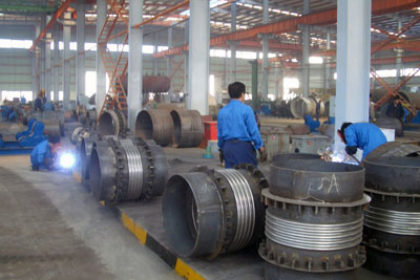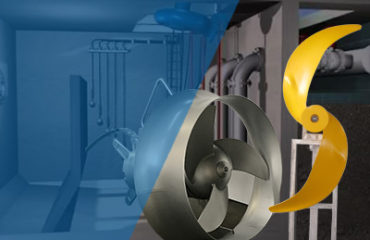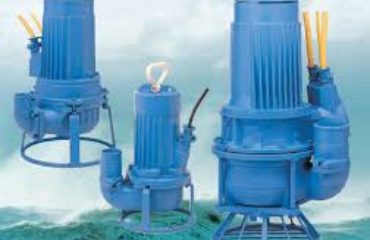
| Analysis of cause | Method of treatment |
| 1) reverse rotation of pump | 1) cut off over all power supply of control case, change over any two phase conductors of power cable |
| 2) pumping head is to high | 2) check a. the type of pump is correct or not b. the size of riser pipe is correct or not |
| 3) the pumped medium passes by pass | 3) check that valves are shut or not, then test the pump at full load. |
| 4) leak of discharge pipe | 4) find leak point and repair it |
| 5) discharge pipe may be clogged with oxide deposits | 5) check pipeling, clean and replace it |
| 6) pump is locally clogged | 6) raise up and clean it, if it is put in straining net, checking cleaning will be required as well |
| 7) impeller bottom plate wear out | 7) raise up it, adjust or renew the bottom plate. |
1.No flow rate after operation
| Analysis of cause | Method of treatment |
| 1) air clogging | 1) a. open and shut valves continually several times b. start/stop the pump some times, interval of starts is 2~3 minutes. |
| 2) checking this charge valve | 2) according to different installations |
| 3) reverse rotation of pump | 3) refer to 1.1 |
2.Frequency of start and stop of the pump is too high
| Analysis of cause | Method of treatment |
| 1) preset time of float switch is too short | 1) adjust the float switch, prolong operating time. |
| 2) non-return valve is fault liquid reversely flows into sewage sump | 2) check and maintain it |
3.Stopping is fault
| Analysis of cause | Method of treatment |
| 1) stop function. Of float switch is fault | 1) check and replace it if required |
| 2)float ball is caught at “operating” position | 2) loose off it and change its position if necessary |
4.Pump can not be started, fuse melts or circuit breaker trips
| Analysis of cause | Method of treatment |
| 1) relay in fault | 1) send to service department for repairing |
| 2) float is fault | 2) check that the by pass float switch can start the pump or not, if it can, float switch must be checked |
| 3) winding, connector or cable breaks off | 3) check with ohmmeter, if break off is turn, check winding, connector and cable |
| 4) pump is clogged | 4) cut off power supply, remove the pump out of sewage pump, clean clogging materials, test before resetting |
| 5) interlock of water leak or electric leakage | 5) red neon shows electric leakage interlock, yellow neon shows water leak interlock, maintain them before putting into operation. |
5.Circuit breaker/overload protector trips after pump starting
| Analysis of cause | Method of treatment |
| 1) voltage is low | 1) a. check the voltage of control case, if the voltage, is too low, the pump can not be used temporarily b. if cable is too long, cause excessive voltage drop, shorten the cable as possible and select properly large size cable |
| 2) voltage is too high | 2) add a transformer, adjust the voltage into the rated area |
| 3) the connection of pump is wrong | 3) check the cable colored No. and the connectors’ label in control case, check the connection. |
| 4) short circuit | 4) if red neon lights for a long time, do repair before operation |
| 5) control box or capacitor is fault | 5) a. check the control box carefully, don’t replace the circuit breaker with new element whose data is larger than recommended value. |
| 6) sludge or other deposits is piled at the area of shell’s bottom plate | 6) clean the pump and sewage sump, referring to related parts in “Notes for transportation” |
6.Pump can not started, but fuse does not melt and overload protector does not trip
| Analysis of cause | Method of treatment |
| 1) no electricity | 1) a. check that the control box is electrified or not b. check carefully that the control box is fault or not |
| 2) break – off of winding, cable connecting terminals or control box | 2) check cable and motor’s connecting terminals and winding |


